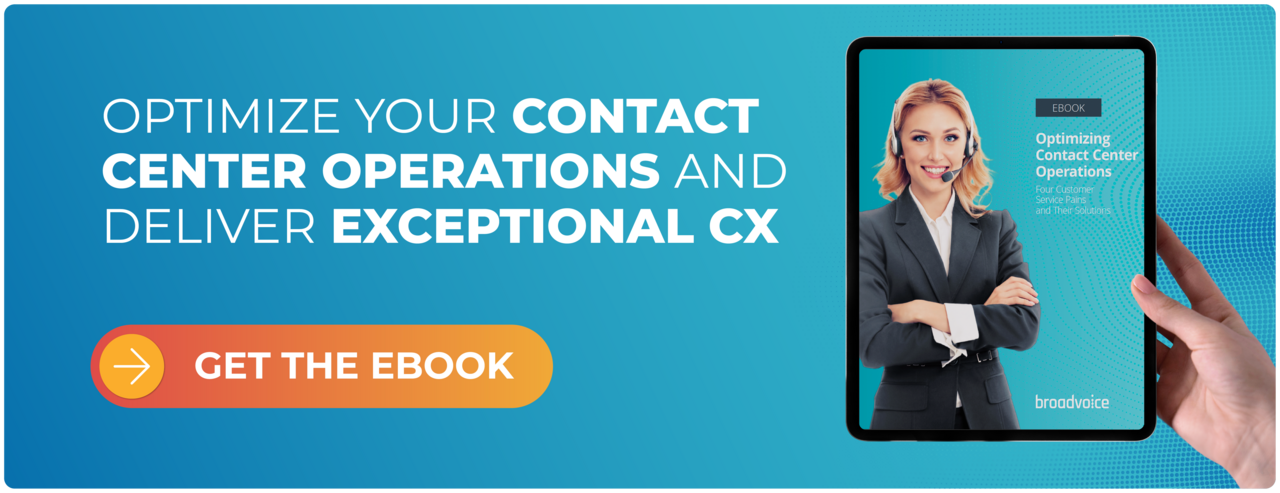In a digital-first world where customer expectations are higher than ever, call centers play a critical role in delivering exceptional service and driving business growth. But delivering great customer experiences while managing costs and retaining top talent requires more than just hard work — it demands data-driven insights.
Tracking the right call center performance metrics allows leaders to understand what’s working, identify areas for improvement, and stay competitive in a rapidly evolving industry. In this guide, we’ll explore 12 essential call center KPIs you should be tracking in 2025 and explain how they connect to efficiency, worker retention, and customer satisfaction.
Why Call Center Metrics Are Critical
Effective call center management hinges on finding the balance between operational efficiency, exceptional customer experiences, and maintaining worker satisfaction. Metrics provide the visibility needed to manage this balance and make informed decisions.
Emerging technologies like AI, automation, and real-time analytics are reshaping the landscape, making certain metrics even more critical. Ignoring these KPIs can lead to higher churn rates, operational inefficiencies, and lost revenue.
The 12 Metrics You Need to Track in 2025
1. Customer Satisfaction (CSAT)
CSAT remains a gold standard for measuring customer sentiment. Understanding how customers feel after interacting with your call center helps leaders pinpoint service strengths and weaknesses.
How to Measure: Post-call surveys, AI-driven sentiment analysis.
Why It Matters: Higher CSAT scores often correlate with increased customer loyalty and repeat business.
2. Net Promoter Score (NPS)
NPS measures the likelihood that customers will recommend your brand. Call centers play a pivotal role in influencing this metric at key customer touchpoints.
How to Measure: Ask customers to rate their likelihood of recommending your company on a 0-10 scale.
Why It Matters: A high NPS score indicates strong brand loyalty and long-term growth potential.
3. First Call Resolution (FCR)
FCR measures the percentage of customer issues resolved on the first interaction.
How to Improve: Train agents to handle complex inquiries and equip them with real-time information.
Why It Matters: Higher FCR rates directly impact CSAT and reduce operational costs by minimizing repeat contacts.
4. Average Handle Time (AHT)
AHT tracks the average duration of a customer interaction, from start to finish.
Pro Tip: Focus on balancing efficiency with delivering quality interactions — speed isn’t everything.
Why It Matters: Optimizing AHT helps reduce queue times and increases overall efficiency.
5. Call Abandonment Rate
This metric measures the percentage of callers who hang up before reaching an agent.
How to Reduce: Improve call routing, use automated callback options, and optimize staffing during peak hours.
Why It Matters: High abandonment rates indicate dissatisfaction and lost business opportunities.
6. Service Level (SL) and Response Time
SL measures the percentage of calls answered within a specified time frame.
Why It Matters: Meeting SLAs across multiple channels, including phone, chat, and email, is critical for maintaining customer trust.
7. Occupancy Rate
This metric tracks how efficiently agents are handling calls versus waiting for assignments.
Why It Matters: A balanced occupancy rate helps prevent agent burnout while maintaining productivity.
8. Agent Attrition Rate (Worker Retention)
Employee turnover is costly and disrupts operations.
How to Improve: Provide training, recognize achievements, and invest in tools that empower agents.
Why It Matters: A lower attrition rate improves morale, reduces hiring costs, and ensures better customer experiences.
9. Quality Assurance Scores
QA scores evaluate the quality of agent interactions.
Emerging Trend: Real-time analytics and AI-driven scoring help improve agent performance.
Why It Matters: QA programs drive consistency and ensure customers receive empathetic, meaningful support.
10. Cost per Contact (CPC)
CPC measures the total cost of each customer interaction.
Why It Matters: Tracking CPC helps identify inefficiencies and guide investments in automation and training.
11. Call Transfer Rate
This measures the percentage of calls transferred from one agent to another.
How to Improve: Implement AI-powered tools to predict customer needs and reduce transfers.
Why It Matters: Lower transfer rates improve customer satisfaction and reduce handling times.
12. Resolution Time Across Channels
Customers expect fast and seamless resolutions across all communication channels.
How to Improve: Use HITL (Human in the Loop) strategies to balance automation with human assistance.
Why It Matters: Faster resolution times enhance the customer experience and improve operational efficiency.
Emerging Trends Impacting Call Center Metrics
As technology advances, new trends are shaping call center performance tracking:
- Real-Time Analytics: AI-powered insights enable immediate action on performance issues.
- Voice Biometrics: Strengthens security while improving the customer experience.
- AI-Agent Collaboration: Metrics like AI-assist utilization rates are gaining traction as automation becomes more prevalent.
Tips for Effective Metric Management
To make the most of these metrics, follow these best practices:
- Set Realistic Goals: Benchmark against industry standards while considering your unique business needs.
- Leverage Visualization Tools: Dashboards help leaders spot trends and make data-driven decisions quickly.
- Engage Agents: Ensure they understand how their performance impacts key metrics to foster accountability and engagement.
In 2025, tracking and optimizing call center performance metrics is more important than ever. The right KPIs provide a roadmap for delivering exceptional customer experiences, improving operational efficiency, and retaining top talent.
By focusing on these 12 essential metrics and adopting best practices for metric management, contact center leaders can stay ahead of the competition and create meaningful, long-lasting customer relationships.
Ready to take your call center to the next level?
Explore how Broadvoice’s all-in-one communication solutions can help you optimize performance and deliver seamless, human-centered customer experiences.










